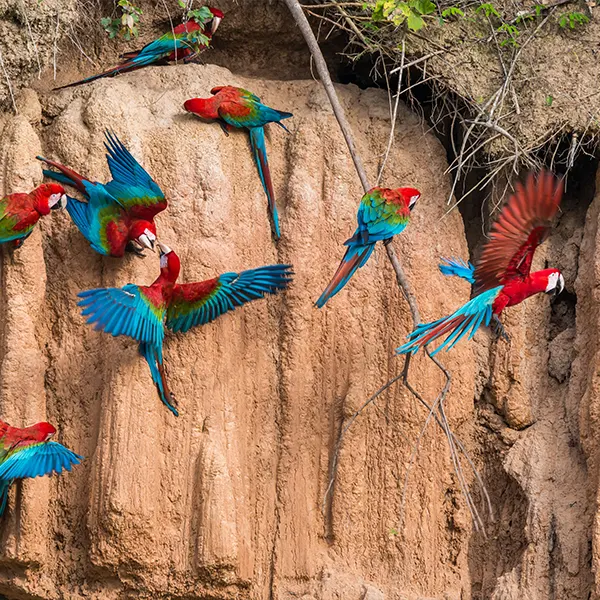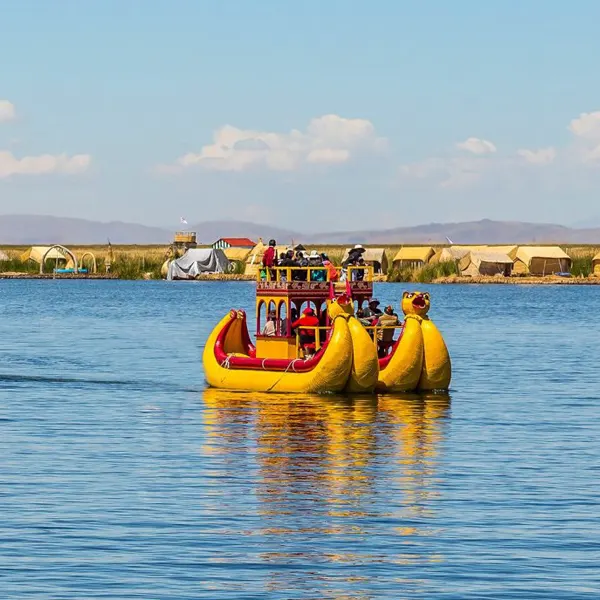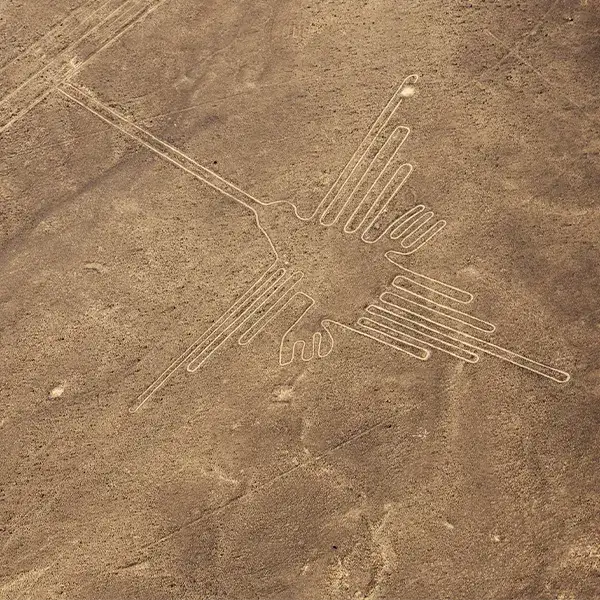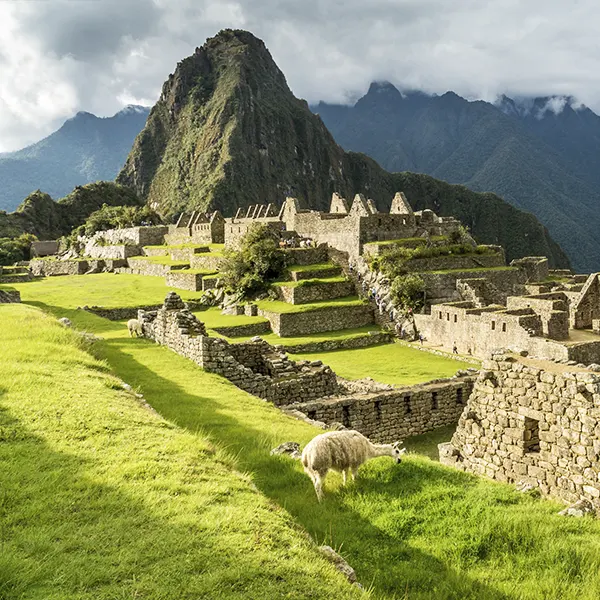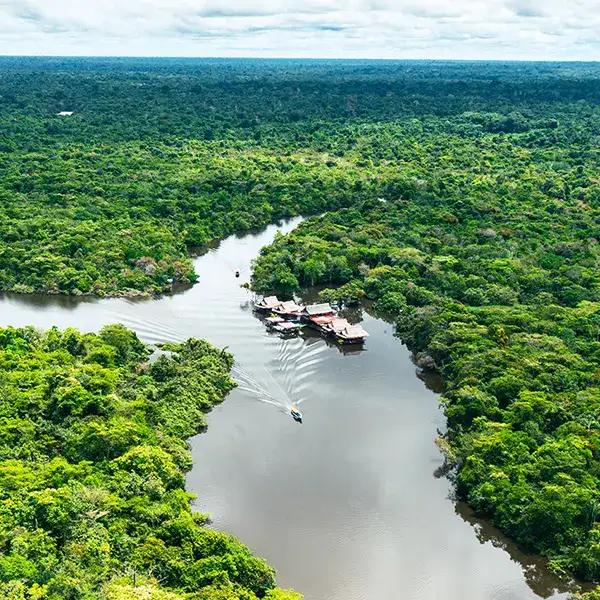Peru is one of the main leaders in terms of culinary destinations, all this thanks to a continuous revolution in the gastronomic sector. Due to the numerous foreign influences that mixed with the traditional styles of Peru, a wide spectrum of unique flavors and dishes have emerged. Within Peru, you will be able to appreciate a great variety of unique flavors, especially in Lima, considered the culinary epicenter of the country. With so many internationally renowned restaurants and delicious dishes, it is normal to want to experience the best of Peru. And together with colleagues from Machu Travel Peru, we know how fun it can be to explore new flavors, so we would like to tell you a little about the best Peruvian fusion food to try around.
Fusion cuisine is usually a concept that is not widely understood, both among locals and foreigners. The word fusion is typically applied to the act of combining two elements or substances. The term is applied not only in gastronomy, if not in other areas such as science. From the fusion of two metals to nuclear fusion. But in this case, the concept is applied to the fusion of two ideas to form a new concept. Peruvian fusion food is born where two or more culinary disciplines, techniques, and traditions create a new point of view. So fusion food is not the simple act of mixing selected ingredients for a dish. It is much more than that, it comes with the syncretism of cultures.
Peru: One of the greatest exponents of fusion food
- About the Peruvian cuisine
- Nikkei style
- Chifa style
- Criollo style
- Ceviche style
- Novo-Andean cuisine
- Italian Influence
- Other influences
About the Peruvian cuisine
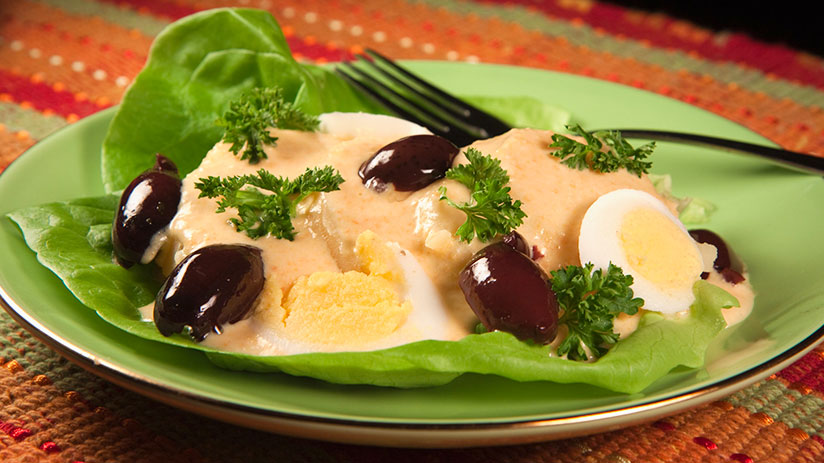
It’s no wonder that contemporary traditional Peruvian food is taking the world by storm, as it reaches so many cultures. All Peruvian fusion food is characterized by being composed of influences dating back to the arrival of the Spanish conquerors. Before the arrival of the conquerors, the Andean diet focused on corn, potatoes, and beans. Peruvian cuisine as it is known today is a fusion between Inca roots, mixed with influences from all around the world. And along with these influences, a wide and colorful variety of dishes emerged, each with a unique story. Peruvian cuisine was born from the union of the different ingredients and culinary techniques, one of the most original fusion cuisines in the world.
Two types of fusion
Peru is a world leader when it comes to fusion food. The cuisine mixes traditional Peruvian styles with the traditions of immigrants who came to our country. Fusion food mixes techniques, flavors, and ingredients from other countries. And in Peru, there are two main types of fusion food. The first type of fusion food originates from a foreign recipe. This recipe is usually replaced by Peruvian ingredients or includes them in a novelty fashion. And the same can happen but in reverse, that is, a Peruvian recipe with foreign ingredients. The second form arises from the creativity of contemporary Peruvian chefs or cooks. It can arise when inventing exquisite dishes where both foreign and Peruvian ingredients are used.
The most popular Peruvian fusion food is one that is based on various influences. The main influences include Chinese, Japanese, African, Italian, French, and Spanish foods. Since the arrival of the Spanish conquerors, Peru received a great foreign influence for its dishes.
Nikkei style
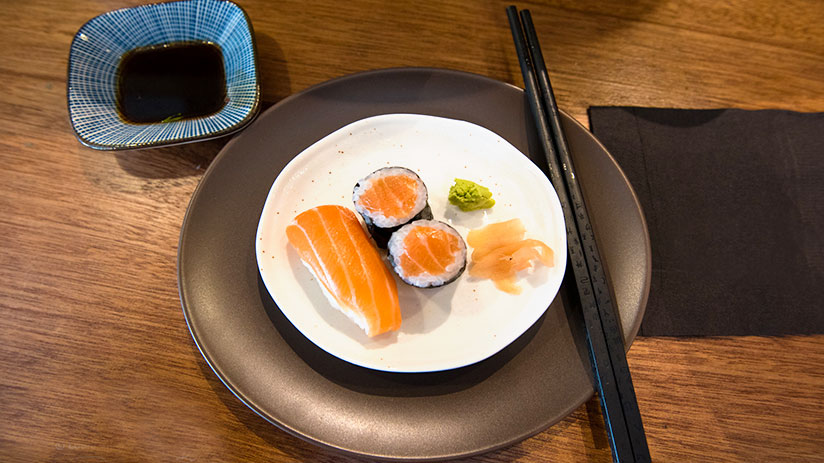
To begin to name the main fusion food techniques, we would like to start with the Nikkei cuisine. Nikkei is a fusion of gastronomic techniques and styles between Japanese and Peruvian influences. Even influencing the cuisine of Peruvian Andes. This has become a popular trend with new restaurants looking to establish themselves on the scene. Nikkei cuisine could be considered as a fortuitous encounter between both cultures, achieving a perfect mix between these very different worlds. A large part of the gastronomic community feels Nikkei cuisine as an identifying feature of current Peruvian cuisine. If you are looking to experience this incredible cuisine, the Maido restaurant is one of its main exponents. Don’t miss out on this amazing trend that has revolutionized Peruvian stomachs.
The term began to gain relevance from the eighties. Since before, only Japanese immigrants were called Nikkei. This type of fusion food is one of the most sophisticated foods developed in recent years. The great habit of eating rice and fish has benefited the fusion of many Japanese recipes. Among the most popular dishes are Tiradito, Makis of different types such as Acevichado, and Tuna Sashimi. The Salmon Sushi with Creole sauce and the popular Olive Octopus are other delicacies that you cannot miss.
Chifa style
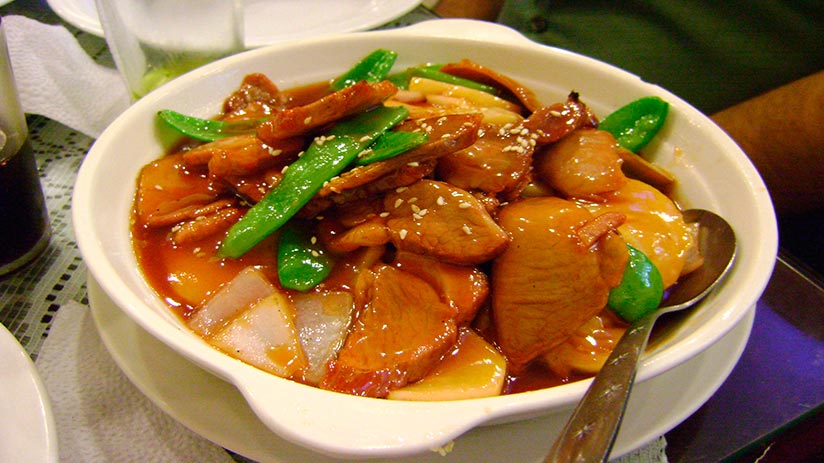
Chifa is one of the most popular fusion foods in Peru and is usually eaten at large family gatherings. This cuisine is one of the most recognized Peruvian fusion foods nationwide. Chifa is the integration of Peru and China cultures. At the end of the 19th century and the beginning of the 20th century, the influx of East Asian immigrants brought with it this incredible culinary style. The syncretism of cultures occurred with the great immigration of people from Canton. This gastronomic style is embraced with open arms and is traditionally eaten in restaurants almost every day. Even some Peruvian street food stands usually accompany their dishes with a portion of Chifa.
The food that mixes Peruvian and Chinese traditions is known as Chifa. Restaurants that sell this type of fusion food are also named Chifa. Chifa restaurants originated in Lima during the 1920s. They became so popular that today you can see more Chifa restaurants than Cevicherías and chicken shops. There are numerous Chifa dishes to experience. But among the most popular are the Arroz Chaufa, the Tallarín Saltado, and the Wonton Soup among others. Some dishes usually include Cuy as an alternative.
Criollo style
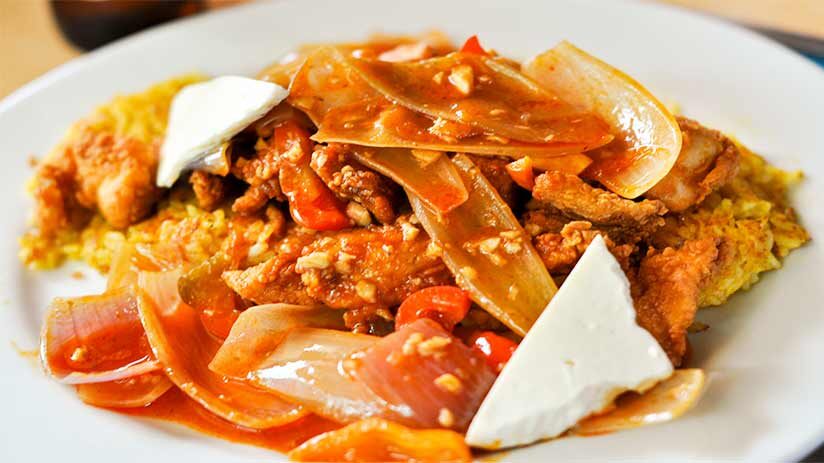
In terms of food, Criollo cuisine combines ingredients, cooking skills, and flavors from all over the world. This comforting food is usually the most emblematic and characteristic style of Peruvian cuisine. This is the weird overlap of indigenous, African, and European cuisines that make up Peru’s best fusion food. The Chinese brought their influences into the infamous Lomo Saltado. The Spaniards brought their love for cream sauce and poured it on Andean potatoes, thus inventing “Papa a la Huancaina“. Africans invented the delicious Tacu Tacu, which is essentially rice and beans that can be eaten a day after repackaging. Creole cuisine is a mix of unique flavors that cannot really be found anywhere else in the world. You will find numerous restaurants where you can enjoy delicious Peruvian Creole food.
The word “Criollo” or Creole, comes from the word Crioulo of the Portuguese language. This word translates to “Raise”. And this style of cooking prevailed among the fusion of different pre-Columbian cultures. And along with the integration of foreign influences, it gained a strong prominence. So it can be said that it was born during the colonial era. Currently, this style is predominant within our country and is a clear symbol of belonging. This style prevailed among the inhabitants of the then New World with European origin. The inhabitants adapted to the melting pot of cultures that was America and gave rise to this wonderful gastronomic style. The great Peruvian biodiversity is a clear representation of all the flavors that can be enjoyed in Peru.
Ceviche style
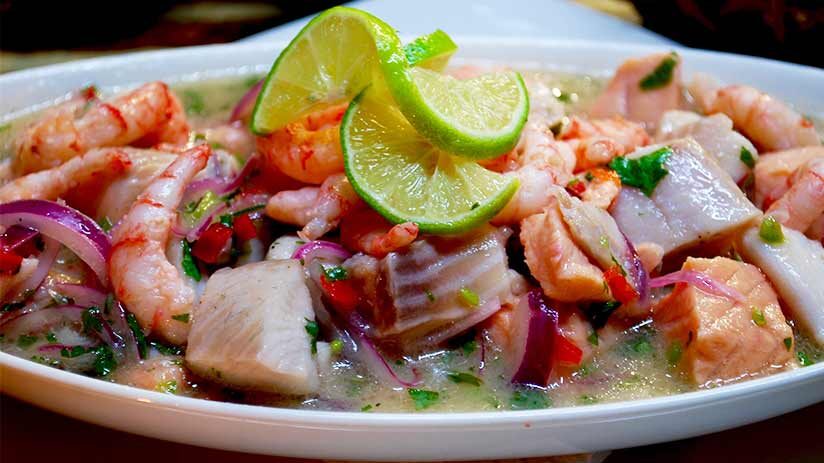
Although it is considered the Peru national dish par excellence, Ceviche is a fusion food dish from different country areas. The Peruvian fusion food and global cuisine is best represented by Ceviche, the great traditional dish of Lima. Ceviche combines fresh and raw fish from the Peruvian coast with preparation methods used for Japanese Sashimi. The fish is marinated in lemon juice and chili from the Andes that was first discovered by the Incas. The classical dish also includes other traditional Peruvian ingredients such as sweet potatoes, grilled corn, or corn nests. Even being considered a fusion food, it is one of the most representative dishes of the country, this is one of the facts about Peru impossible to discuss.
Although Peru is associated with Ceviche and is considered a strictly Peruvian dish, it is actually a fusion of different influences. For example, the limes that are a key ingredient in the dish come from Spain. Despite this, the classic Ceviche with Ají Amarillo or Rocoto Pepper is an exclusive creation of Peru. Fresh fish comes from the Pacific Ocean, which offers a great variety of fish. While the Camote, and the Yucas, come from the Andes area. Now, the technique of using raw fish may come from Japan. But it is said that the Moche people, before the Incas, were the culture responsible for creating the dish. Although instead of marinating the fish with Lima, they used local ingredients. There’s no doubt that Ceviche is a unique symbol of Peruvians and Peruvian fusion food.
Novo-Andean cuisine
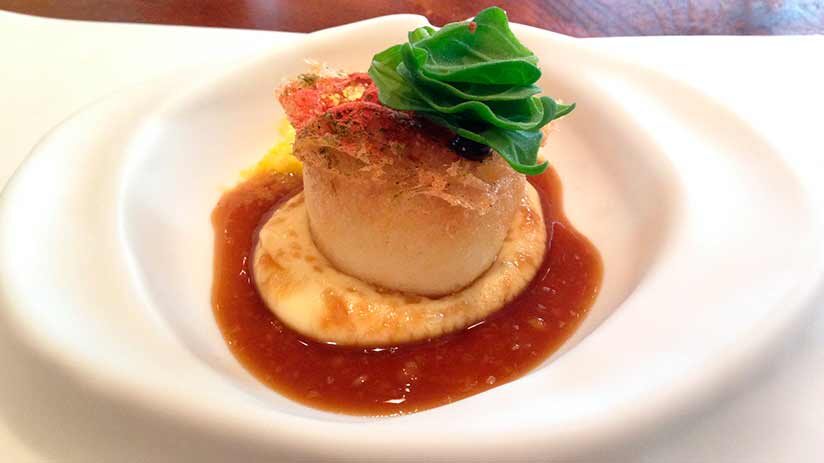
Peru must be the fusion food country by excellence. Oriental style (Chinese, Japanese cuisine) and Occidental (Spanish and Mediterranean food) are mixed in a country with a large tradition of native dishes and flavors. Therefore, Peruvian cuisine is made up of international influences and local dishes (Most of them come from coastal cities).
However, at some point in the eighties, a Peruvian chef, Bernardo Roca Rey Miró Quesada, realized that the cuisine of his country needed to renew and take a look inside the country, paying attention to local and ancestral ingredients. In this form, he incorporated in his cuisine, ingredients of Andean zones that were used by pre-Inca cultures, situated in Peru, many years ago. The result was the origin of a new style of cuisine that combines native ingredients of Peruvian Andean cuisine with international products and influence, the Novo-Andean cuisine, the perfect example of Peruvian fusion food.
Italian influence
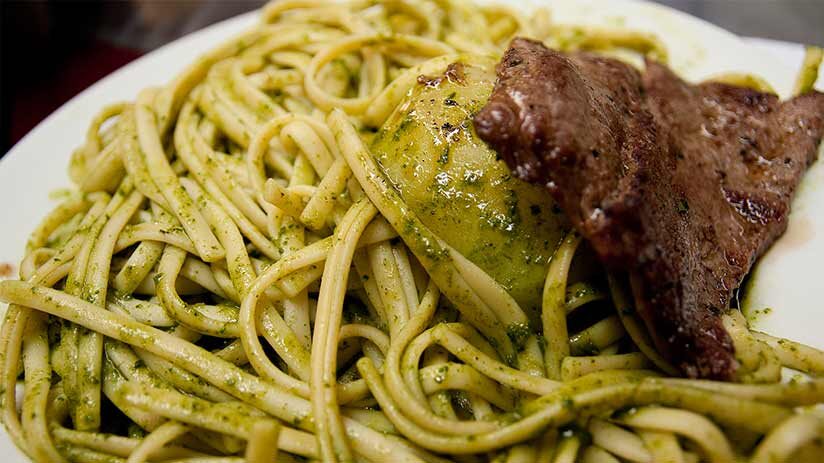
Italian cuisine is another great influence on Peruvian gastronomy. But, to talk about this fusion food of Peruvian and Italian cuisines, we have to go back between 1840 and 1880, where waves of Italian immigrants arrived in Peru since the Liguria Italian Region. This immigration was caused by the Peruvian guano boom, at that moment, the best natural fertilizer in the world.
History of a migration
In this form, Italians were established throughout the Peruvian coast; cities like Ica, Tacna, and the district of La Punta in Callao Peruvian constitutional province are proof of it. They started small food businesses such as inns, chinganas, cafes, grocery stores, bakeries among others. Moreover, in the second half of the 19th century, 40% of orchards in Lima belonged to Italian families, where a variety of legumes like Swiss chard, Zucchini, Spinach, Cauliflower, Broccoli, Eggplant, Basil inter alia were harvested. Therefore, the Peruvian fusion food had been begun.
Genoa, the capital of the Liguria Region, was always a conjunction zone of ingredients of earth and sea, the Italian Mediterranean food began there and its influence arrived in Peru. Through time, these dishes had been adapted to local cuisine with Peruvian ingredients; Mondonguito a la Italiana, Tallarines Verdes (Green noodles), Stuffed ravioli, Minestrone Soup are some examples.
Other influences
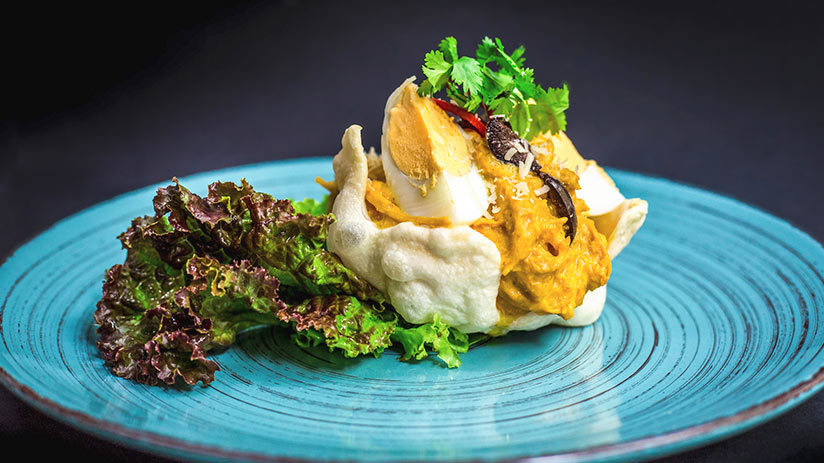
Peruvian cuisine is derived from indigenous traditions and has been influenced by other cultures in the past few hundred years, including Europe, Africa, and Asia among others. The result is a fusion cuisine that reflects the country’s diverse cultural history. In certain tours in Peru with culinary themes, you can enjoy an explanation of the different influences that make up Peruvian cuisine.
- Spanish influence: The Spanish conquered the Inca Empire in the 16th century. They brought cows, pigs, and goats to this ancient land. They also introduced cabbage, peaches, apples, garlic, and onions while combining them with other Peruvian superfoods.
- Chinese influence: In the 19th century, a wave of Chinese workers came to Peru. These immigrants brought soy sauce, rice, and different cooking techniques, thus creating a mixed cuisine called Chifa (derived from Mandarin “chi-fan”, meaning “eat rice”)
- Japanese influence: The Japanese arrived in Peru in the late 19th century and created what is now called Nikkei cuisine. The biggest Japanese influence on Peruvian cuisine is the preparation of seafood, which has been promoted as an art form.
- influence of Africa: The Spanish brought many slaves from Africa to Peru. They took advantage of the use of grains, yams, sugar cane, and peanuts. African families had to support themselves with different unused meats and leftovers that the Spanish did not eat. They used many spices to make their dishes more appetizing.
“EAT AS NOBODY IS WATCHING. ENJOY FOOD LIKE THAT’S THE ONLY THING LEFT IN YOUR WORLD”
To conclude, we believe together with Machu Travel Peru that the Andean country is one of the leading destinations in terms of fusion food. And being a melting pot of cultures par excellence, you can enjoy incredible and magnificent dishes. With so many influences from around the world, you can experience a wide variety of unique flavors. Its great and varied culture is one of the reasons why Peruvian cuisine is so attractive and delicious in front of foreign eyes. If you want to know a little more about our food tours, do not hesitate to consult with our qualified advisors. Our qualified team of experts will know how to organize the trip of your dreams. What are you waiting for to visit the wonderful Andean country? Start booking with us now!
Peru has so much to offer, it can be hard to know where to start. With many years of experience in the tourism sector, Machu Travel Peru is happy to help with anything regarding your trip to Machu Picchu and any tours around it. Make your Machu Picchu experience an unforgettable one!

